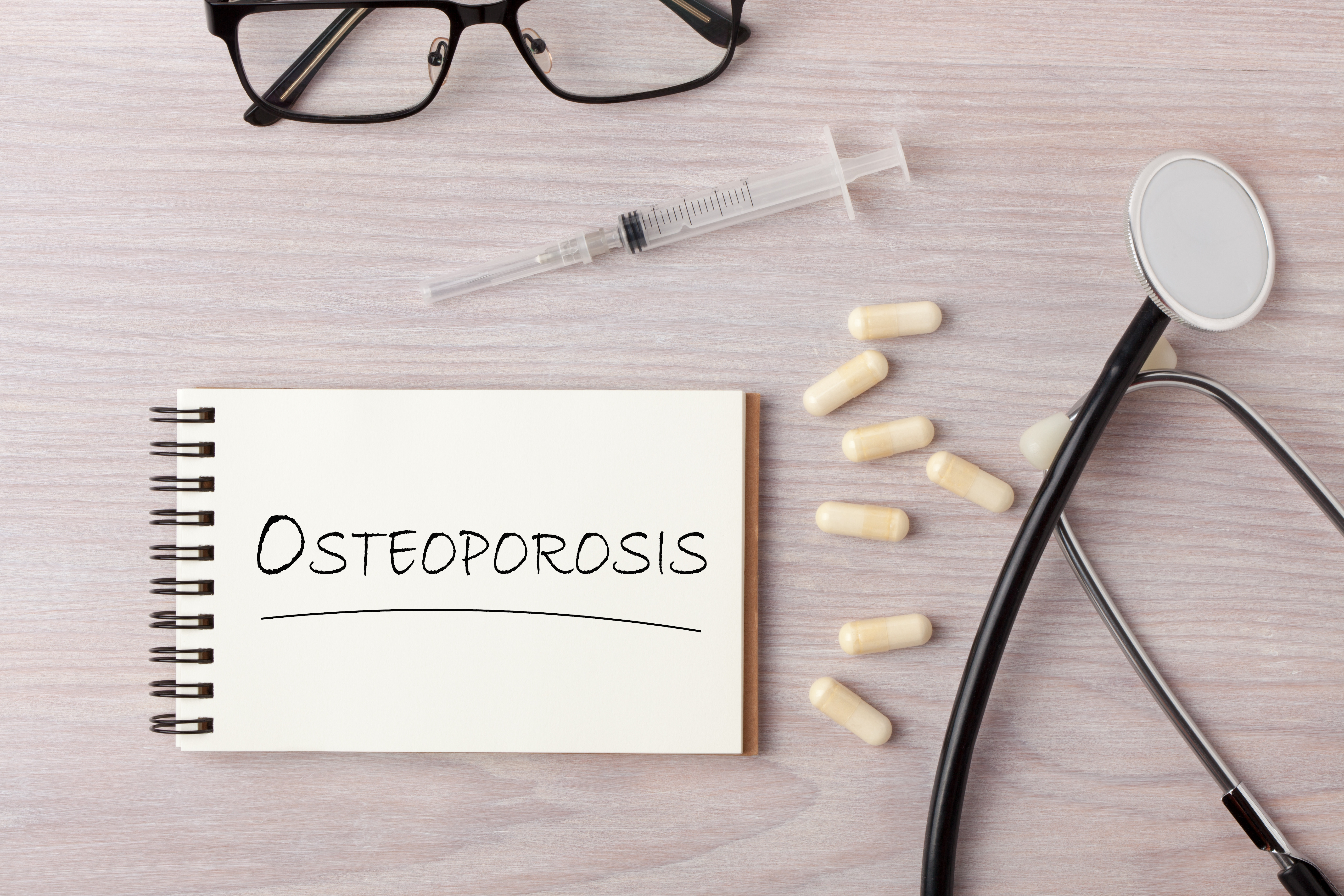A new therapy for osteoporosis: Romosozumab

Osteoporosis is a condition in which bones become porous (less dense) and weaker. It affects 10 million people in the United States: approximately eight million women and two million men. As bone weakens, people are more likely to experience fractures, especially in the spine, hip, and forearm. This causes pain, diminishes a person’s ability to function, and reduces quality of life. Anything that can lower the risk of osteoporosis and fractures has major positive public health implications. That’s why a new drug called romosozumab is getting a lot of attention.
Which medications can help treat osteoporosis?
There are currently several medications available to treat osteoporosis. These include medications that
- block the breakdown of bone (anti-resorptive therapies). Examples include bisphosphonates such as alendronate (Fosamax), which is a pill, and zoledronate (Reclast), which is given intravenously. Other types of anti-resorptive agents include raloxifene (Evista) and denosumab (Prolia).
- enhance the formation of bone (anabolic therapies). Examples include teriparatide (Forteo) and abaloparatide (Tymlos).
Now, for the first time since 2010, a new class of medication is available to treat osteoporosis. Romosozumab (Evenity) is in a class called sclerostin inhibitors and is considered an anabolic agent.
Sclerostin is a protein that helps regulate bone metabolism. Produced by osteocytes (bone cells), it inhibits bone formation (making new bone). Romosozumab binds sclerostin, which keeps it from blocking the signaling pathway for new bone formation. The result is an increase in new bone. To a lesser degree, it also decreases bone resorption (breakdown of bone).
Romosozumab is approved by the FDA to treat osteoporosis in women who have completed menopause and are at high risk for fracture. A history of fracture due to osteoporosis, multiple risk factors for fracture, no success with other therapies, or being unable to tolerate other therapies are reasons to consider romosozumab.
How is romosozumab given?
The medication is injected once a month using two separate prefilled syringes for a full dose. Romosozumab should only be taken for one year, because its bone-making activity wanes after 12 months. Women using this therapy should also make sure they get enough calcium and vitamin D during treatment.
What does research tell us?
Two large trials in The New England Journal of Medicine (which were funded by the drug manufacturer) have looked at this new medication. One trial enrolled over 7,000 postmenopausal women with osteoporosis based on low bone density measurements. Half received romosozumab and half placebo (inactive medication) for one year. Women using romosozumab versus placebo had far fewer new vertebral fractures: 16 in the treatment group, 59 in the placebo group.
In the second year of the study, all participants — including those who had been taking a placebo — were given the anti-resorptive agent denosumab. The group that received romosozumab followed by denosumab had 21 vertebral fractures, compared to 84 in the group that received placebo followed by denosumab.
Another trial enrolled more than 4,000 postmenopausal women with osteoporosis and a history of related fractures. Half were treated with a monthly injection of romosozumab for one year, followed by alendronate once a week for the second year. The other half received alendronate once a week for both years.
At the end of the study:
- those assigned to receive romosozumab in the first year had fewer new spine fractures than those receiving alendronate for both years (127 vs. 243)
- hip fractures also occurred less often among those receiving romosozumab (41 versus 66)
- bone density was higher in the group that received romosozumab.
What are the possible side effects?
Joint pain and headache are the most common side effects of romosozumab. Very rarely, some people experience loss of bone tissue (osteonecrosis) in the jaw and atypical thigh bone fractures. (This also occurs very rarely with bisphosphonates and denosumab.)
Additionally, the risk of heart attacks, stroke, and cardiovascular death was slightly higher among those given romosozumab in the first year than it was among those given alendronate for both years. If you have had a heart attack or stroke, or are at high risk for either, ask your doctor whether you should choose a different type of osteoporosis medication.
The bottom line
We do not yet have long-term data on romosozumab. But a dual effect (increasing bone formation and decreasing bone resorption) makes it a welcome addition to available treatments for osteoporosis — at least for postmenopausal women at high risk for fracture.
Based on this research, a year of romosozumab therapy, followed by an anti-resorptive agent like alendronate, zoledronate, or denosumab, is a new and effective option for certain women to prevent fractures related to osteoporosis. However, cost may be a factor, and there may be small but important risks to understand about this approach when discussing your treatment options with your doctor. Ultimately, more long-term research is needed to help determine safety and effectiveness over time.
About the Author

David M. Slovik, MD, Contributor
Disclaimer:
As a service to our readers, Harvard Health Publishing provides access to our library of archived content. Please note the date of last review or update on all articles.
No content on this site, regardless of date, should ever be used as a substitute for direct medical advice from your doctor or other qualified clinician.















